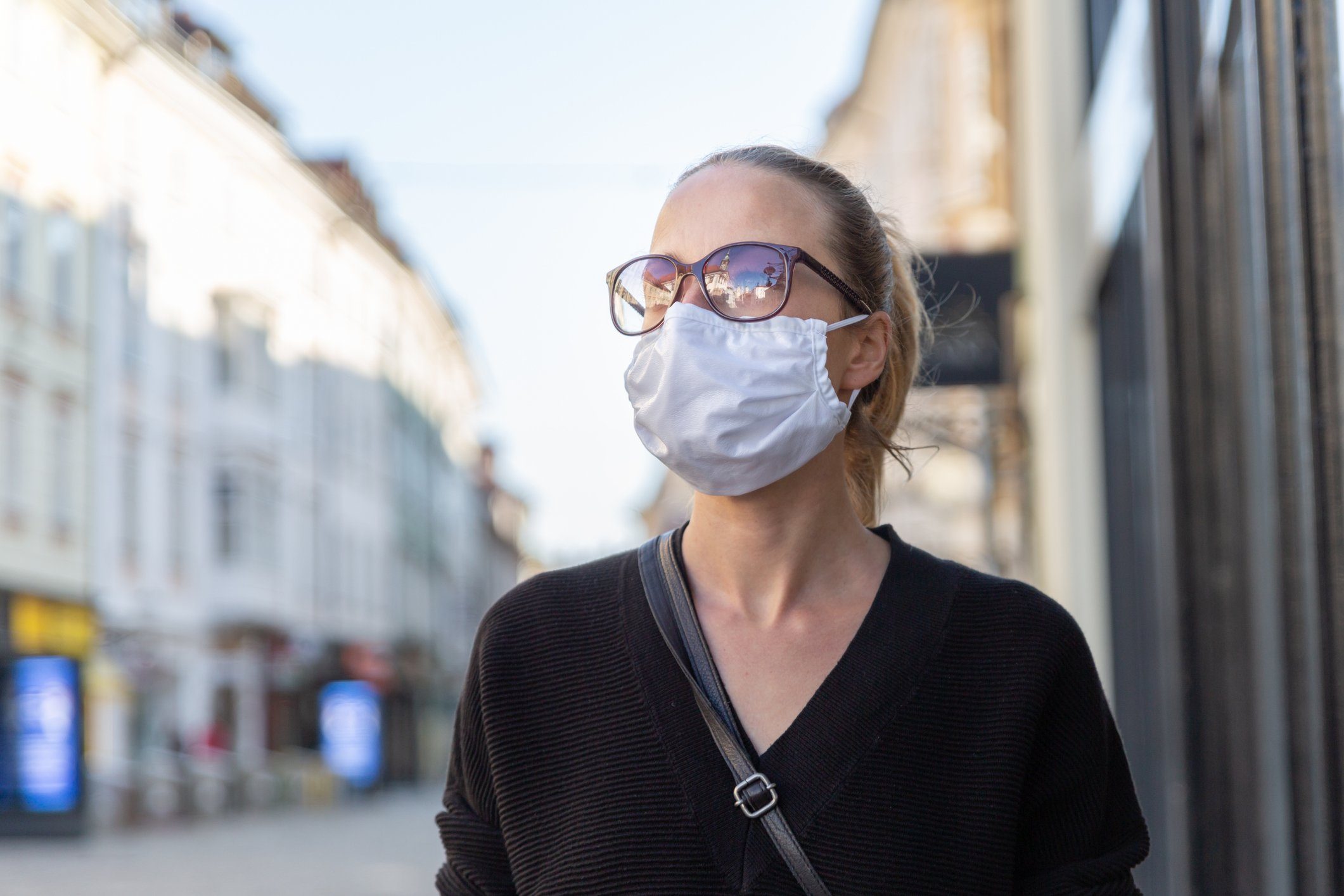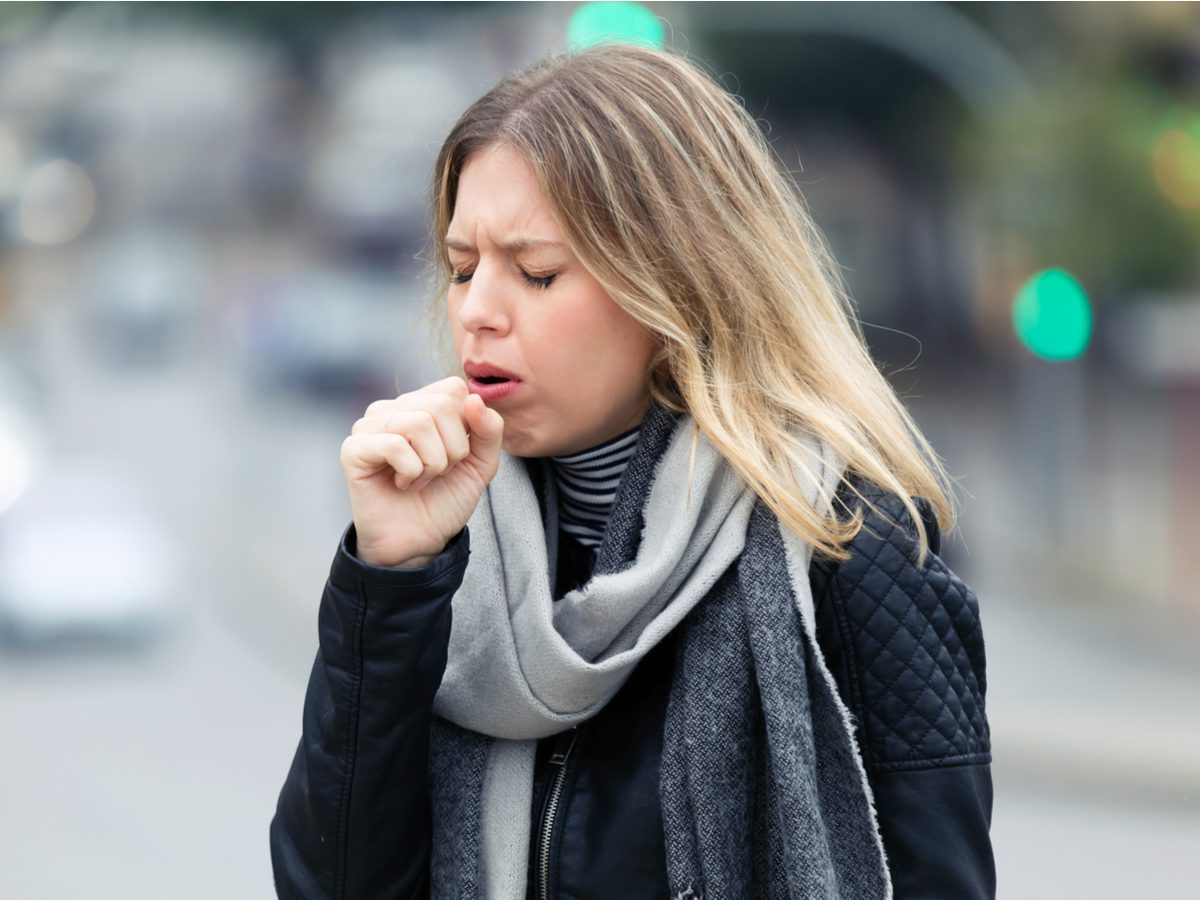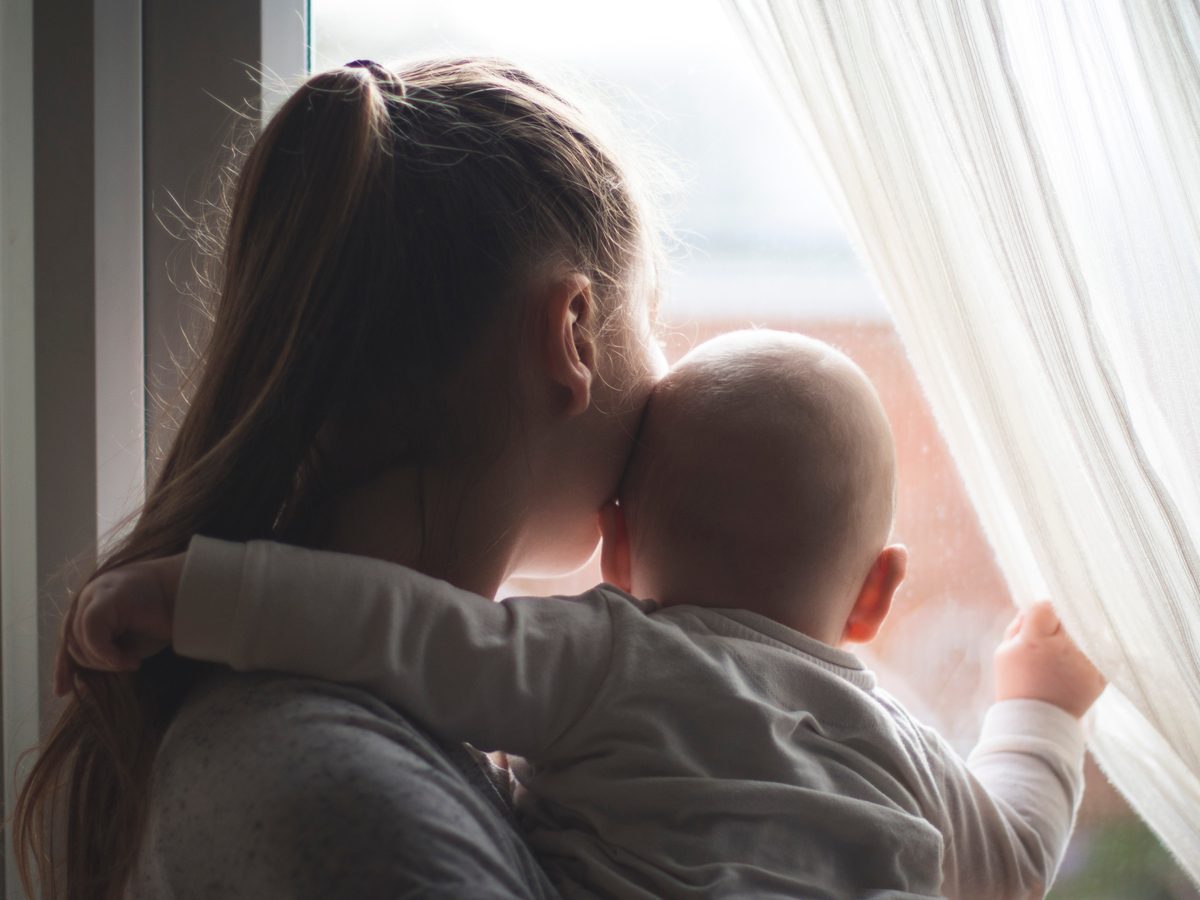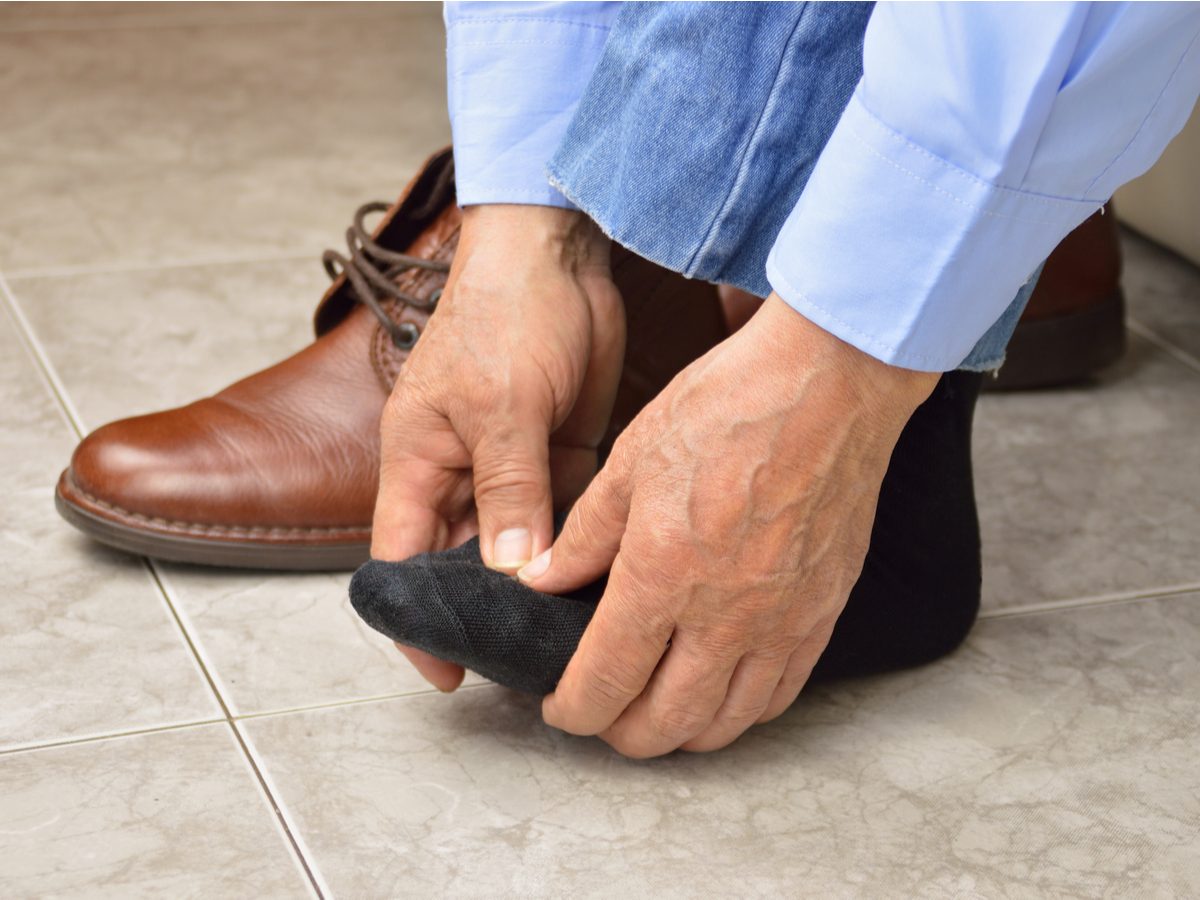
Know these signs of COVID-19
Are you looking back and wondering if that flu-like illness you had in mid-February was actually the novel coronavirus? If so, you’re not alone—and yes, you could have had it.
The COVID-19 outbreak began in Wuhan, Hubei Province, China. So far, there have been more than 5.6-million documented cases of the respiratory illness confirmed around the globe, according to Johns Hopkins University. The first confirmed case in Canada was on Jan. 25, 2020 in Toronto, when a man in his 50s arrived from Wuhan and, after calling 911 as soon as he got sick with minor symptoms, was placed in isolation at Sunnybrook Hospital.
Over the course of February and March, more cases throughout Canada were discovered from people who had recently travelled abroad. At the time of this writing, there are 87,508 confirmed cases in the country and 6,765 COVID-related deaths.
Here are 11 silent signs that you may have been infected with COVID-19 and what you can do about it now.

Your fever and cough weren’t the flu
You were so sick. You had a fever for days, a hacking cough, and were exhausted, but your flu test was negative. It could have been COVID-19, says Adam Spivak, MD, an infectious disease doctor at the University of Utah in Salt Lake City, noting that flu season and the COVID-19 pandemic overlapped. “If you weren’t tested at the time or you were negative for other tests such as the flu that were available, it could have been COVID-19,” he says. “There is so much overlap with colds or flu and coronavirus symptoms, which is why testing for COVID-19 has been so emphasized.”

You suddenly lost your sense of smell or taste
This seems to be a hallmark of COVID-19 infection, but it’s not a slam dunk by any stretch, says Benjamin Singer, MD, an assistant professor in pulmonary and critical care at Northwestern University Feinberg School of Medicine in Chicago. As many as 64.4 per cent of people with COVID-19 report a loss of smell or taste, according to an April 2020 study in the Journal of the American Medical Association (JAMA).
The Centers for Disease Control and Prevention (CDC) recently added loss of taste and smell to the list of possible COVID-19 symptoms. “Reported loss of smell and taste appear more commonly with COVID-19 than other respiratory viruses, but other viruses and non-infectious entities like allergies can cause these same symptoms,” says Dr. Singer.

Your loved ones were infected
Many people who are infected with this virus have mild or no symptoms, says Dr. Singer. This means you could have had coronavirus and not had a clue.”If you were around people with confirmed cases, you likely have been exposed and may have been one of the people who don’t develop any noticeable symptoms.” This may also be true for people who work in the healthcare system and treated people for COVID-19.
These nurses share heartwarming stories from behind-the-scenes of the pandemic.

Your toes were a mess
“COVID toes” are a thing, Dr. Singer says. They are marked by purple or red, itchy wounds. “Skin manifestations, particularly of the toes, could be something that makes people who weren’t tested look back and say ‘was that a manifestation of COVID-19?'” he says. But he cautions that toes with this appearance aren’t a telltale sign of COVID-19, as there could be other causes. If you are concerned, talk to your doctor.
Here are more new COVID-19 symptoms you need to know about.

You had chills, muscle pain or a sore throat
As doctors learn more about COVID-19 and how it behaves, the CDC has been adding to its symptom list. Other symptoms that could suggest COVID-19 include chills, repeated shaking with chills, muscle pain, headache and a sore throat.
What else can you expect if you have COVID-19? Find out from a man who survived.

You noticed a strange rash on your child
There have been concerning reports of rashes and multi-system inflammatory syndrome in children (MIS-C) who had the virus, the CDC states. Other signs of MIS-C include fever, abdominal pain, vomiting, diarrhea, neck pain and feeling tired. Call your doctor if you notice any of these signs in your child.
Encountering unfamiliar lingo? This glossary of COVID-19 terms will come in handy.

Your stomach was acting up
Coronavirus is a respiratory illness, but not everyone experiences coughing or shortness of breath. For some, diarrhea may be the first and only sign of COVID-19, according to a March 2020 study in The American Journal of Gastroenterology. Researchers suggest that people with new-onset digestive symptoms such as diarrhea who may have been in contact with individuals infected with COVID-19 should have a high index of suspicion.

You have cancer
People who live with cancer have a 60 per cent higher risk of testing positive for COVID-19, according to a May 2020 study pre-printed in medRxiv from Massachusetts General Hospital, sponsored by Stand Up 2 Cancer. This risk was higher among participants older than 65 years of age and among men. What’s more, people with cancer were more likely to have severe cases of COVID-19 that required hospitalization.
Our expert answers: can you catch coronavirus from your clothes?

You had a stroke out of the blue
There’s a link between the virus and stroke risk—even among younger patients. Here’s what doctors and researchers know so far about stroke risk and coronavirus.

You woke up with pink eye
Pink eye infection, or conjunctivitis, may be a sign of coronavirus, but this is very rare, according to the American Academy of Ophthalmology. They advise if you develop pink eye, do not panic. “Call your ophthalmologist to let them know and follow their instructions for care,” the Academy suggests.
Think you’re experiencing symptoms? Here is a quick guide on how to get tested for coronavirus in your province or territory.